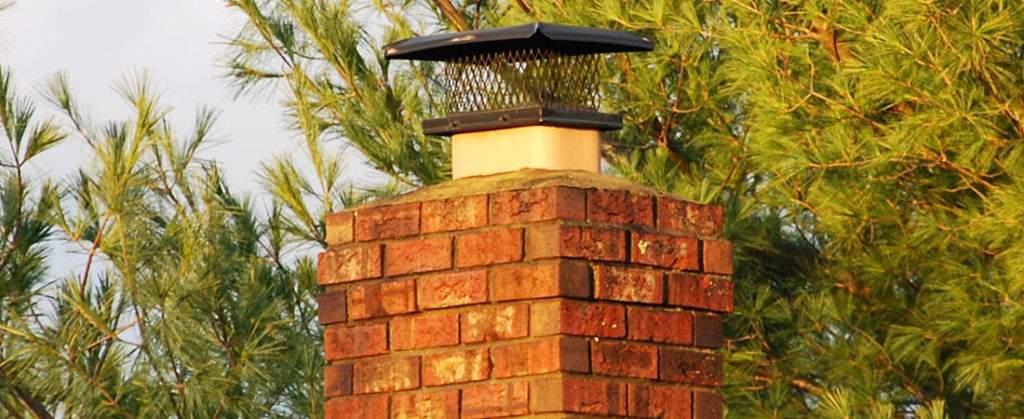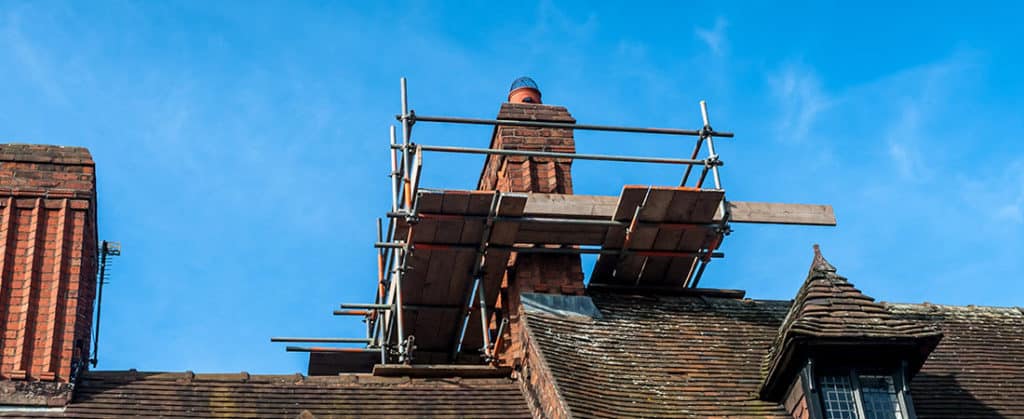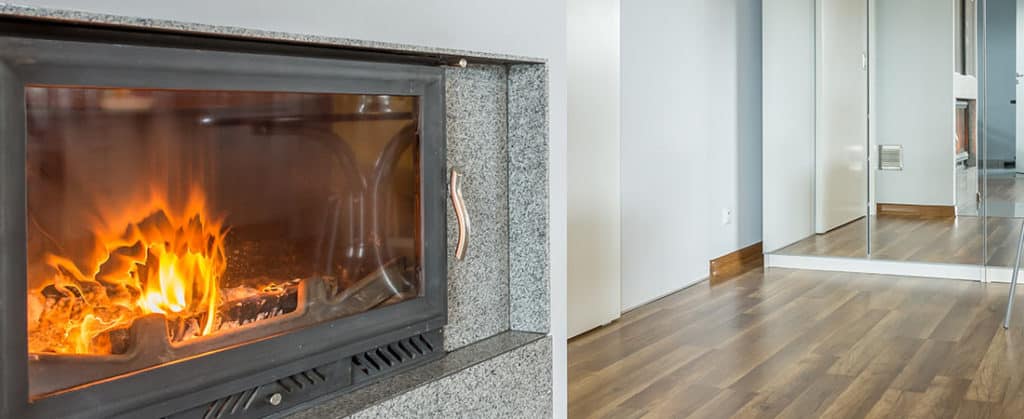If you have cracks on your chimney you must be wondering if you can repair them, right? Well, it’s possible. You can do some of the work yourself, but for the best outcome, hire chimney contractors to help you.
Here is how to fix some of the most common chimney cracks:
Vertical cracks
Vertical cracks come about from the vertical movement in the chimney structure, possibly due to foundation concerns or the building’s natural settling. Addressing these structural issues as soon as they happen is critical to preventing further damage and ensuring your home’s safety.
When dealing with vertical masonry chimney cracks, you should be cautious of the material you use to seal the cracks. To be safe, choose a flexible sealer explicitly made for masonry applications to allow for future movement without jeopardizing the repair’s integrity.
You should clean and prepare the area before applying the sealer or filler material to guarantee optimal adherence and long-term effects.
If foundation concerns cause the cracks, you should connect with chimney repair professionals who will examine the situation and offer proper solutions to strengthen your home.
Horizontal cracks
Thermal expansion, contraction, and freeze-thaw cycles’ moisture penetration are among the leading causes of horizontal cracks.
To avoid these types of cracks, ensure your chimney has correct expansion joints that allow for movement in the masonry, which can reduce stress on the structure.
Additionally, providing enough structural support via metal brackets or reinforcing bars can assist in reducing cracking caused by severe loads or lateral strain.
When dealing with existing horizontal cracks, you should monitor their size and pattern over time. Fill tiny cracks with caulk or mortar repair products to prevent further water entry. If the issues are severe, get professional help.
Remember that early diagnosis and action are critical to ensuring the safety and longevity of your masonry chimney, so try to hire technicians at least once a year to inspect your chimney.
Crown cracks
Crown cracks develop at the very top of the chimney, also known as the crown, and can cause significant structural damage if not treated and fixed immediately.
These fissures are expected since the crown is constantly exposed to adverse weather conditions, temperature variations, and moisture infiltration.
To fix these cracks, you must use flexible elastomeric sealants that expand and contract as temperature changes. To be safe, choose waterproofing sealants formulated exclusively for chimney crowns.
Besides sealing the cracks, it’s also wise to waterproof them. To do this, apply a water-repellent coating to the whole surface of the chimney. You should install adequate flashing around the chimney base to avoid water incursion. Remember to regularly inspect the surfaces to keep an eye on expanding cracks.
If a crack expands or a new one emerges, contact a professional for repair.
Spalling
This arises when moisture damage and freeze-thaw cycles cause the exterior layers of brick or stone to flake away, resulting in degradation.
To avoid spalling in the first place, use high-quality materials during construction and follow suitable repointing processes.
You also should use protective sealants developed for masonry surfaces that will help keep undesirable moisture out and extend the life of your chimney.
When you have existing spalling difficulties, fix them immediately to prevent further damage.
Begin by carefully removing loose or damaged bricks and cleaning the affected area.
Choose new materials that resemble the original in size, color, and texture.
Install the new bricks or stones using experienced repointing procedures.
This not only assures a snug fit but also contributes to your chimney’s structural integrity.
Stair step cracks
These cracks usually appear when there is uneven settling or movement within the chimney’s foundation, causing bricks to crack and separate along mortar joints. These cracks follow the brick design and occur in a zigzag manner.
To repair stair-step cracks, you must stabilize the foundation, replace any damaged bricks, and reinforce the brickwork using suitable techniques. For extra strength, masonry reinforcement can be accomplished by employing steel lintels or rebar.
Using chimney sealants can also help prevent moisture intrusion, which can lead to more cracking and damage over time.
In other cases, stair-step cracks may signify broader foundation difficulties that require professional care.
To adequately address this issue, consider hiring a structural engineer to examine your home’s overall stability and prescribe appropriate steps such as reinforcing foundations or building support beams if needed.
Efflorescence
While spalling can cause considerable damage to your chimney, you may also experience efflorescence. This problem develops when moisture in the chimney evaporates and leaves salt deposits, resulting in ugly white streaks on the chimney’s surface.
Efflorescence is not just a cosmetic concern but also indicates excess moisture in the structure, which can lead to more severe problems if left untreated. To combat efflorescence, first, identify and eliminate the moisture sources causing the problem.
When cleaning existing efflorescence deposits, use gentle methods like dry brushing or a light detergent solution to avoid damaging the stonework further.
Keep an eye on your chimney’s condition because simply cleaning the indicators of efflorescence will not repair the underlying problem, and treat any signs of excess moisture to avoid it becoming a recurring issue.
Mortar joint damage
Mortar deterioration is a prevalent problem in masonry chimneys and can be caused by various factors, including weathering, moisture penetration, and inappropriate mortar composition.
Damaged mortar joints not only jeopardize your chimney’s structural integrity but also represent a safety risk to your home.
One way to fix the problem is to use lime-based mortar, which is highly durable and compatible with old masonry materials.
Lime-based mortars provide high binding strength while remaining flexible enough to withstand modest structural motions without shattering.
Parting shot
These are some of the ways you can fix the cracks in your chimney. For the best outcome, ensure that you are following the right procedures for the type of crack you have in your property. As mentioned, to avoid being caught by surprise when your chimney fails, make it a habit to schedule an annual chimney inspection Ellicott City.



